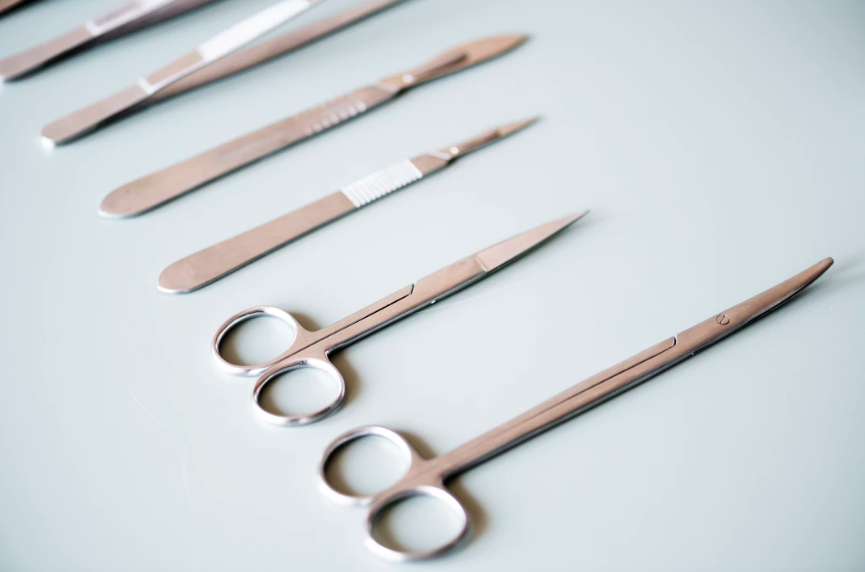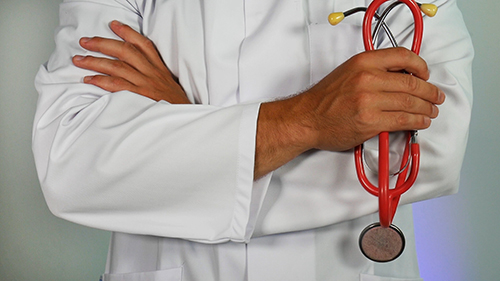
What Are Your Food Cravings Telling You?
Food cravings may speak volumes about your overall health. In fact, certain food cravings indicate that you may be missing out on key nutrients, vitamins and minerals in your everyday diet.
Now, let’s take a look at seven common food cravings, along with tips to treat some of the dietary deficiencies associated with these cravings.
- Chocolate
Recent research indicates that chocolate cravings affect approximately 15% of men and 40% of women, according to Verywell Mind. Additionally, research shows that in most of these instances, people need an immediate chocolate fix to fulfill their craving.
Chocolate cravings sometimes occur due to a magnesium deficiency. Yet chocolate is usually high in calories, and eating it to overcome a magnesium deficiency may result in weight gain. If you continue to consume chocolate at a high rate, it may increase your risk of cardiovascular disease and other long-term health problems, too.
To manage a chocolate craving, add a spoonful of cocoa powder to a smoothie or oatmeal. This offers a quick-fix to satisfy a chocolate craving. Plus, it enables you to boost your magnesium levels and reduce the risk of future chocolate cravings.
- Sugar
Let’s face it – sugar cravings are problematic, particularly for people who are trying to manage their weight and maintain a healthy lifestyle. Unfortunately, sugar cravings may occur without notice. Perhaps worst of all, sugar cravings may lead a person to snack on candy, pastries and other high-calorie treats.
Sugar cravings are commonly associated with a blood sugar imbalance. They may also occur due to a deficiency of chromium, magnesium and other minerals in the body, as well as dehydration.
If you experience a sugar craving, snack on fruit, as this provides a healthy alternative to candy and other sweet treats. Furthermore, since a sugar craving may be related to dehydration, drinking a glass of water may help you overcome your craving.
- Salt
People sometimes experience sudden urges to consume pretzels and other salty snacks. However, the high volume of salt in these snacks may cause a person’s blood vessels to stiffen over time. This ultimately may increase a person’s risk of suffering a heart attack, high blood pressure and stroke down the line.
There is often a strong correlation between salt cravings and stress. Meanwhile, research shows that stress hormone fluctuations and low levels of electrolytes in the body may trigger salt cravings as well.
B-vitamin rich foods can play vital roles in managing salt cravings. Foods like nuts, seeds, legumes and vegetables are loaded with B vitamins, and they offer proven options to help balance stress hormones in the body. Also, you can consume unflavored coconut water to quickly increase your electrolyte levels and minimize the impact of a salt craving.
- Red Meat
Even the smell of cooked red meat may trigger an uncontrollable urge for a hamburger, steak or other red meats. Yet several observational studies indicate that consuming too much red meat may increase a person’s risk of cancer and cardiovascular disease.
Red meat cravings generally occur due to an iron deficiency. In these instances, people may feel tired and weak, and their immune systems may be more prone to infection and disease than ever before.
If you face a red meat craving, consume beans, legumes and dried fruit. These foods provide healthy alternatives to red meats and make it easy to immediately address an iron deficiency.
- Soda
The urge to consume sugary soda may strike at any time. But people who regularly consume soda risk weight gain, obesity, blood sugar issues and other long-lasting health problems.
Soda cravings often occur due to a lack of calcium in the body. Conversely, research shows that soda may actually interfere with the body’s ability to absorb calcium.
Beating a soda craving is rarely simple. In some instances, it helps to gradually transition from regular soda to diet varieties. You also can cut down on your soda intake over the course of several weeks or months, and eventually, switch from soda to calorie-free flavored or seltzer water.
- Coffee or Tea
Although the urge to drink a cup of coffee or tea to start the day may seem like a desire for caffeine, this problem may prove to be much more significant.
Coffee or tea cravings sometimes indicate that a person is dealing with an iron or sulfur deficiency. If a person consumes several cups of coffee or tea during the day, an iron or sulfur deficiency could become a long-lasting health problem, too.
Consuming a daily vitamin C supplement can help a person bolster his or her ability to absorb iron. It may also be beneficial to consume spinach, cabbage or other leafy greens, all of which have been shown to help people treat iron and sulfur deficiencies.
- Fried Foods
Fried foods may be tasty, but consuming these fatty foods on a regular basis may increase a person’s risk of suffering diabetes, cancer and other health problems.
The urge to consume French fries, fried chicken and other fried foods may be linked to a fatty acid deficiency. Although fried foods can help you address this deficiency, they simultaneously increase harmful LDL cholesterol and lower beneficial HDL cholesterol in the bloodstream.
If you experience a fried food craving, steer clear of high-calorie fixes. Instead, snack on avocado, salmon and other foods that are rich in quality fats to correct your fatty acid deficiency.
Lastly, if you need extra help dealing with food cravings, you may want to consult with a doctor. This medical professional can help you identify the root cause of a food craving and work with you to develop a long-term plan to address this problem. Best of all, a doctor can offer tips and recommendations to help you reduce your risk of experiencing cardiovascular problems and other long-term health issues.
Ready to put your food cravings to rest? Use the aforementioned tips, and you can take the first steps to alleviate your food cravings both now and in the future.


